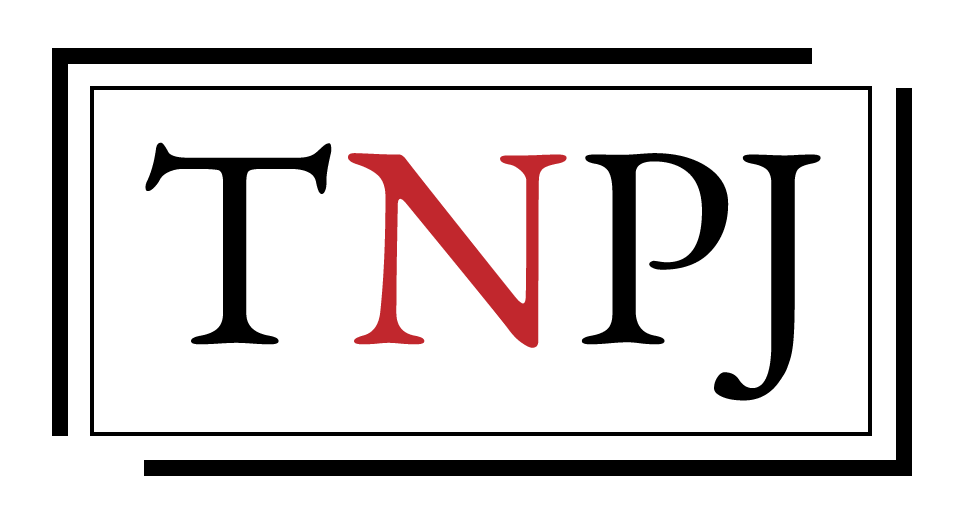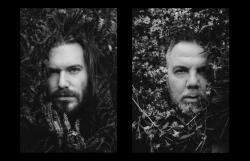Reconstructing The Cosmos: LGBTQIA2S+ in rural Quebec
Reconstructing The Cosmos:
LGBTQIA2S+ in rural Quebec
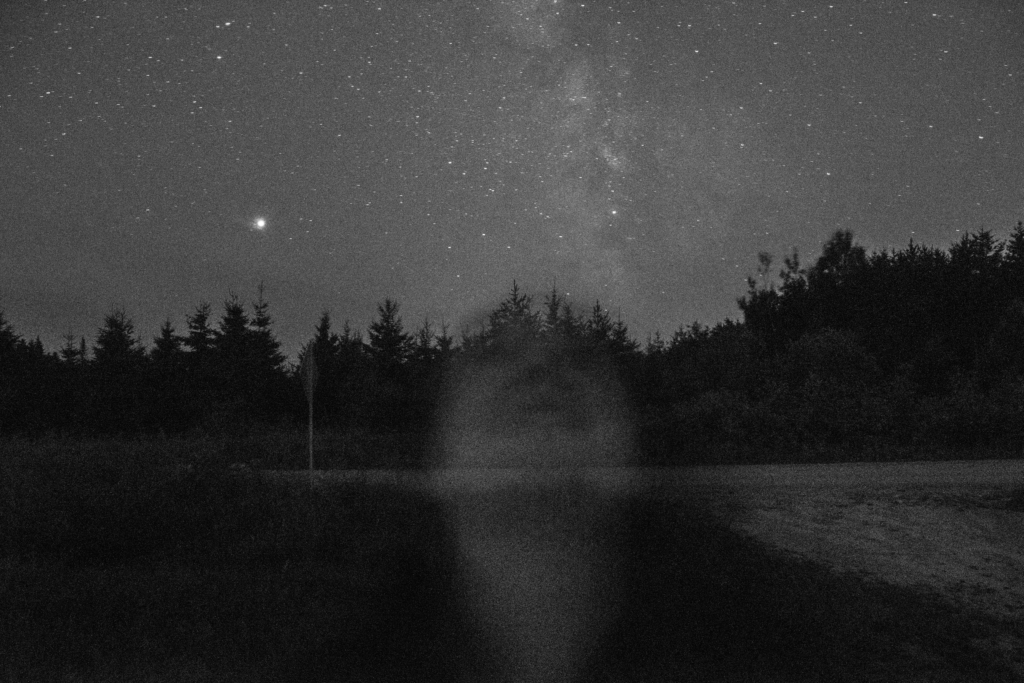
In 2018, photographer Simon Émond and author Michel Lemelin launched an open call on social media. They were looking for people from the LGBTQIA2S+ community from rural north-eastern Quebec to share their personal experiences with gender and sexuality. After more than 30 encounters over the course of two years the two artists compiled their stories into “Rebâtir le ciel” (Reconstructing the Cosmos). The following is an interview between the author and the photographer regarding the project, which has been transcribed from the original in French. (French translation available below)
Michel (author) – Do you remember, at the very beginning of this project, when you told me you were interested in exploring the lived experience of a person from the LGBTQIA2S+ community in rural Quebec – how much I had feeling there would be nothing to say? That it was no longer a subject. That all was well.
Simon (photographer) – This is often what people think. And yet, when you’re a person of sexual and gender diversity, those same people keep demanding that we justify ourselves. Even the technological tools we use to communicate in French keep reminding us we are mistakes by underlining in red each pronoun, each name, each adjective that we use to name ourselves. Beginning with the ultrasound of the mother’s womb, we place at the centre of the universe this sun which is heteronormativity and gender binarity. This whitewashing leads us to normalize the belief that the validity of the body and the spirit is melted in this light, all is well. Neither you nor I could know by starting this project that our identity and our desire were fundamentally the result of colonization, of oppression.
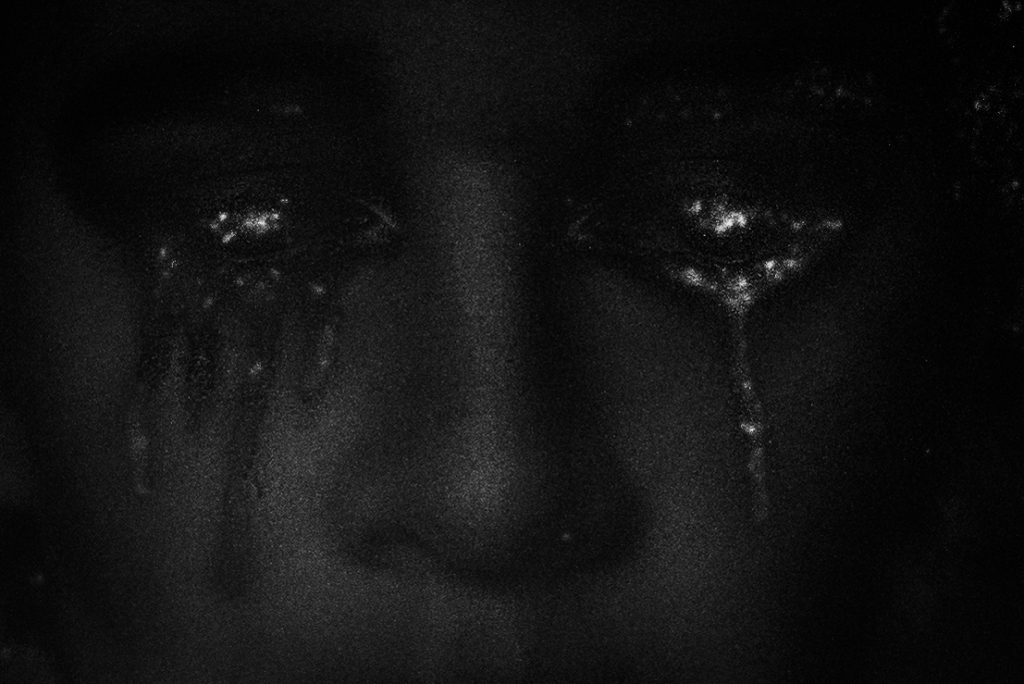
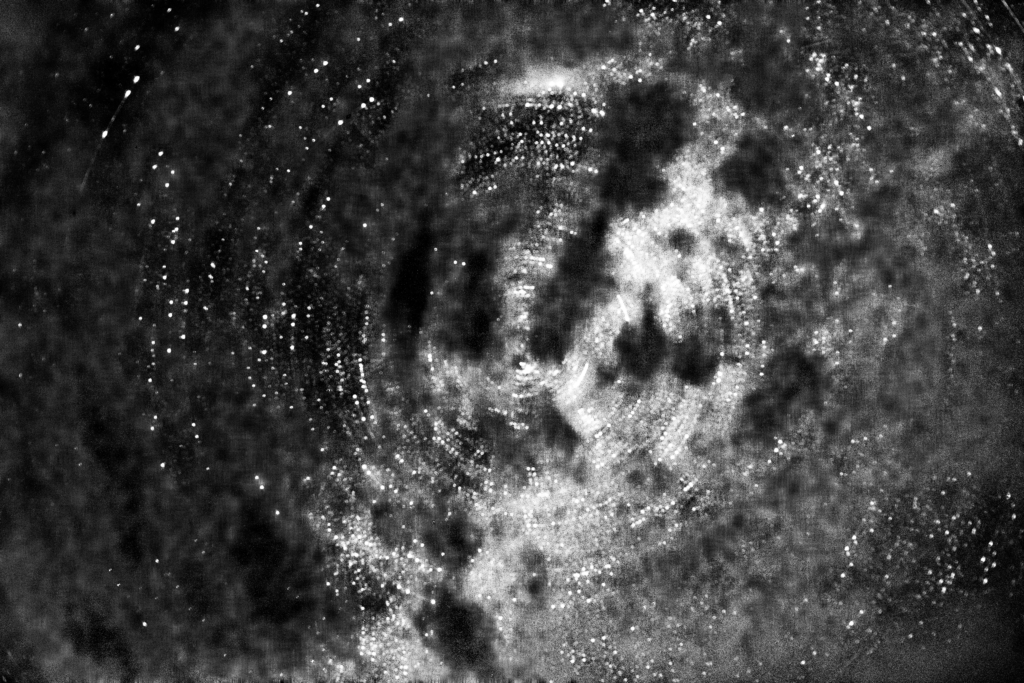
to deny me. They ruined me.”
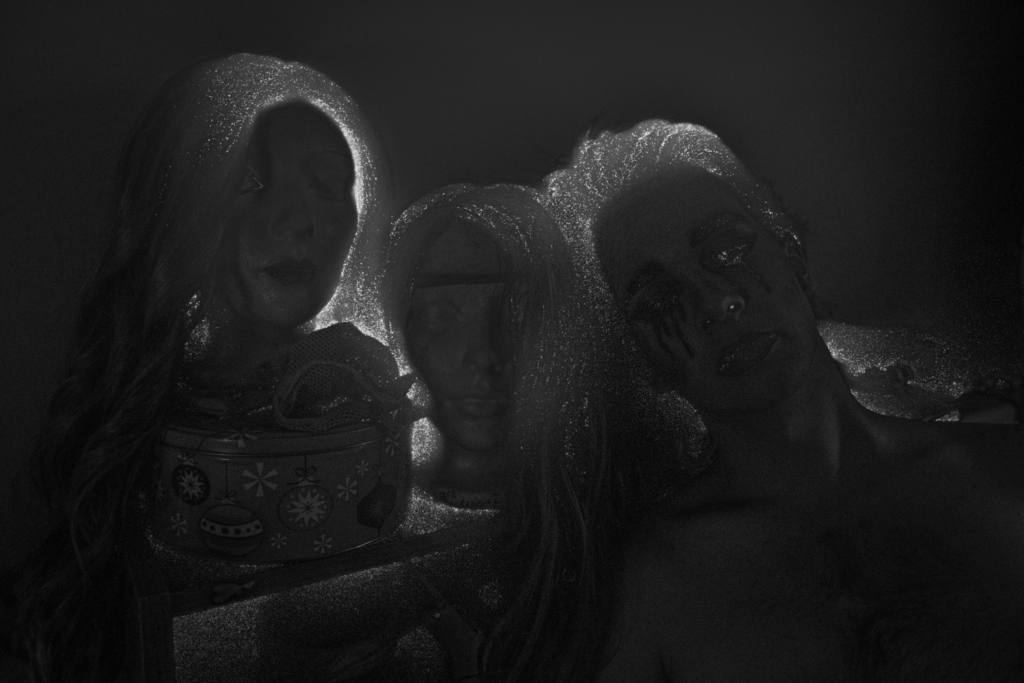
Michel – Perhaps this explains why all the people who agreed to meet you for the project sought, most of the time, to silence their suffering by highlighting the luminous side of their experience. This a visible experience, because it is illuminated by these standards, validated by them, because they are placed in the centre like the star to be reached: the couple, the family, the invisibility.
Simon – That’s what we perceived throughout our colloboration. You spoke to me about what you heard, listening to the recorded testimonies, silences, hesitations – sentences that collapse to silence, an injury – me revealing to you, through photographic work, the upheavals of my own identity and my way of seeing the mechanisms of oppression. Rebuilding the sky allowed us, of course, to produce this art object that quickly got ahead of us, showed us and our collaborators how resolutely queer they were. Because this is not a collection of photographs. This is not a collection of texts. It is a multifaceted work produced jointly that engages the reader’s body and questions it. It is a work that illuminates not by the light of day, but through the darkness of night.
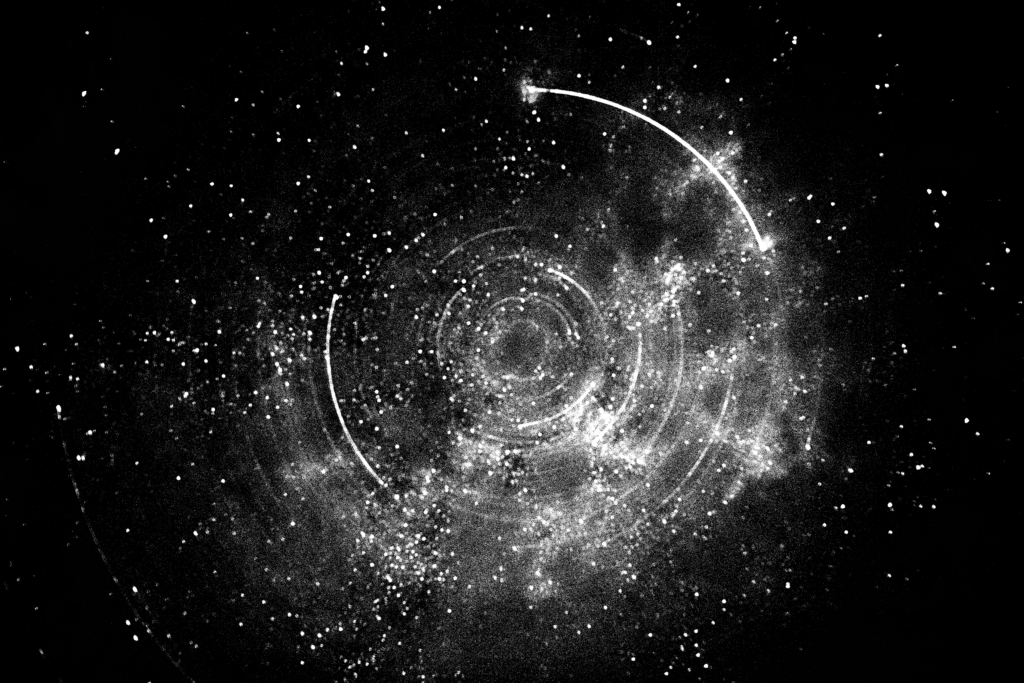
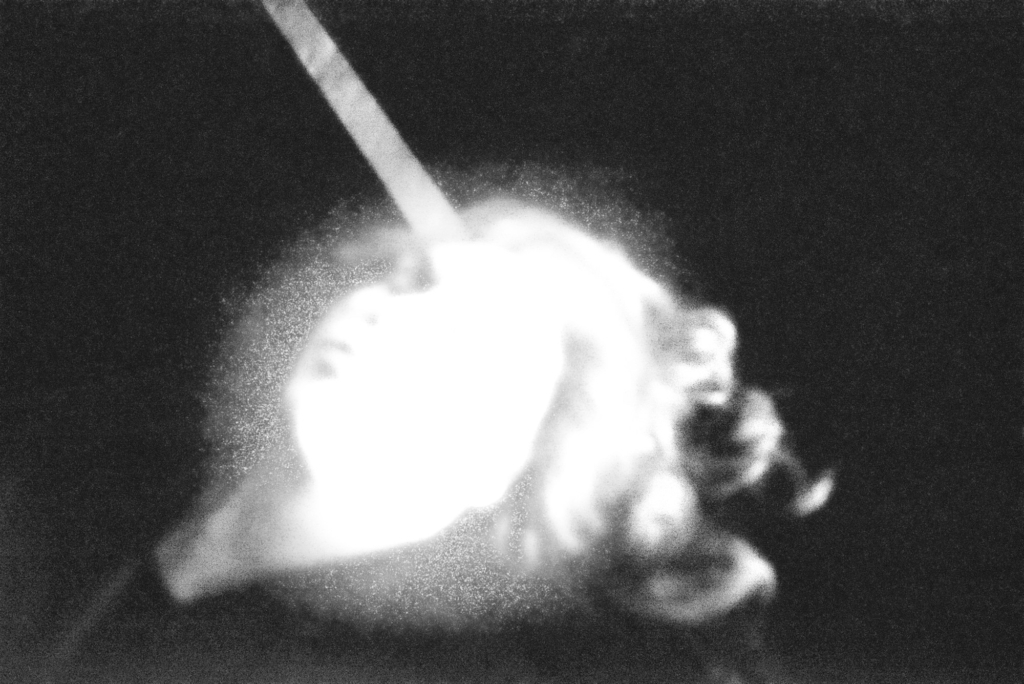
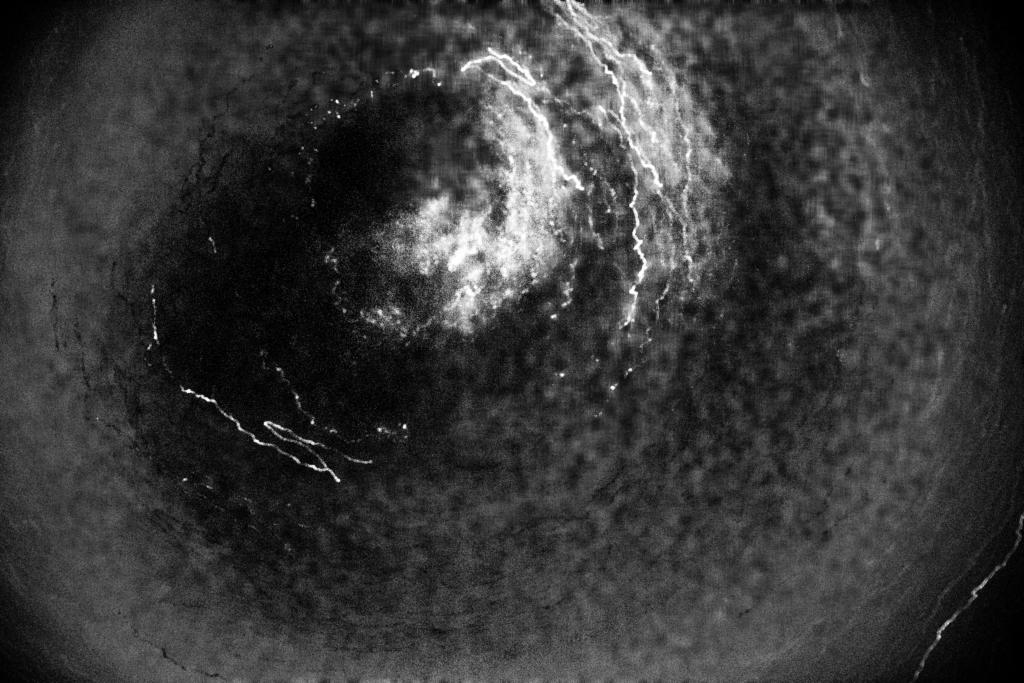
Michel – This was also what was hidden in the initial hypothesis – just ike Galileo, Copernicus and all those who had shown us that the Earth was not the centre of the universe. With the initial opposition running out of steam over time, we were undoubtedly in the midst of a revolution in gender and desire and we had to stop believing in these ancestral standards, because they were erroneous.
Simon – Yes. We had to turn our gaze towards the complexity of the cosmos to better welcome ours and let our gaze get accustomed to the light, acclimatize to the darkness to see the world reappear there, in a whole different light. I’ve been in the dark for so long that I’ve learned to be good there. It is still this nocturnal territory, for many of us, that allows us to explore our desire and our borders, out of sight. Except when a car comes to chase us away, with inquisitive headlights that blind us.
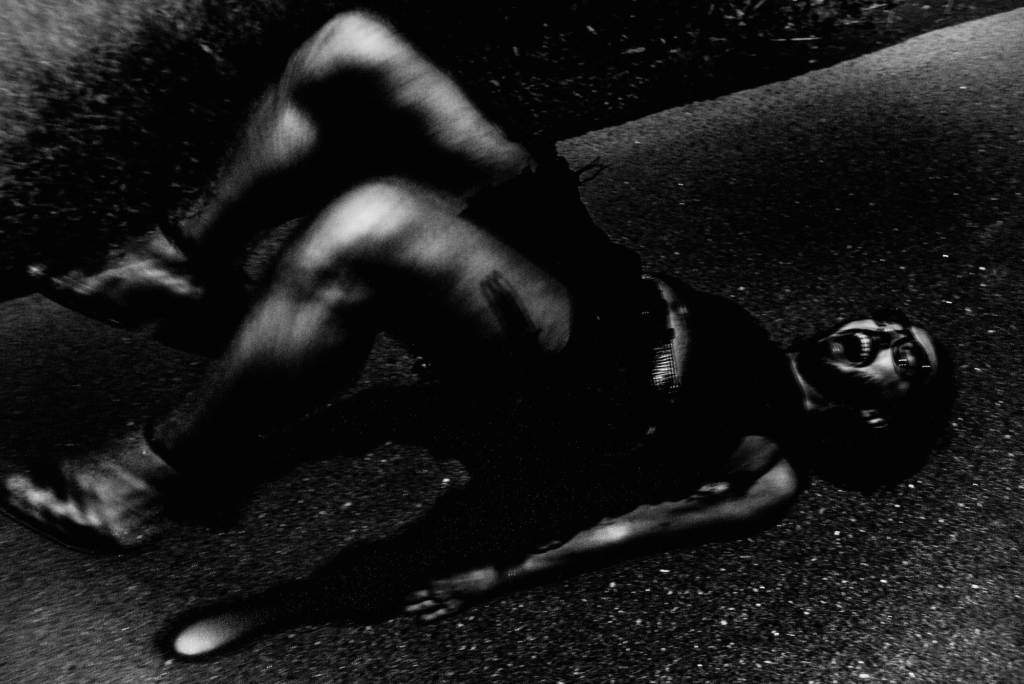
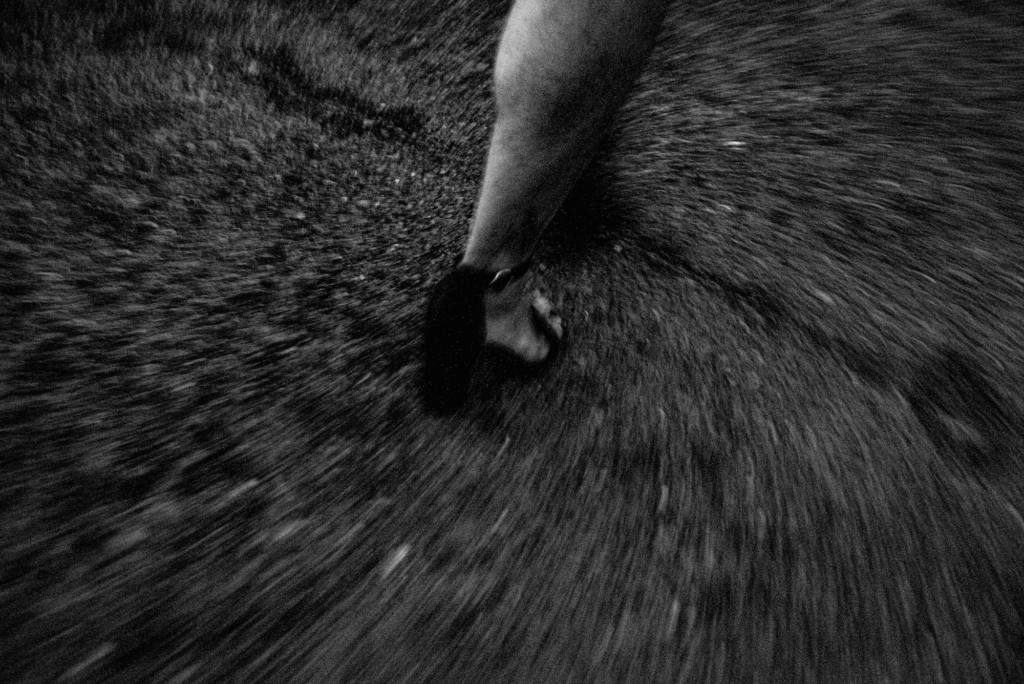

Michel – As if we had the right to exist only by withdrawing from the world…
Simon – Or by letting oneself be locked up in spite of ourselves in closets, so as not to displease, not to be laughed at, to satisfy family, friends, colleagues and the capitalist system which only works well through generalizations and categorization. Long before the implementation of social distancing measures – long before the pandemic – we were quarantined from ourselves and others, from the first steps, the first words. Just years ago, right before I started the project, I didn’t know we were all locked in closets. All of us. Even those who consider themselves heterosexual and cisgender who, most of the time, also suffer from not perfectly performing the physical and social codes that are imposed according to the sex assigned to them at birth. Yes, we have known confinement for a long time. And despite the never ending process of coming out that we have to do to assert ourselves, there are always other doors kept ajar so that we can see how the world distributes privileges. Above all, it makes us see a blueprint of what we have to perform, all of us, to be part of the show and to be entitled to the medals. And we don’t dare to turn our backs and plunge into the darkness of the closet, which we have been taught to believe threatening, to associate with emptiness when we are there.
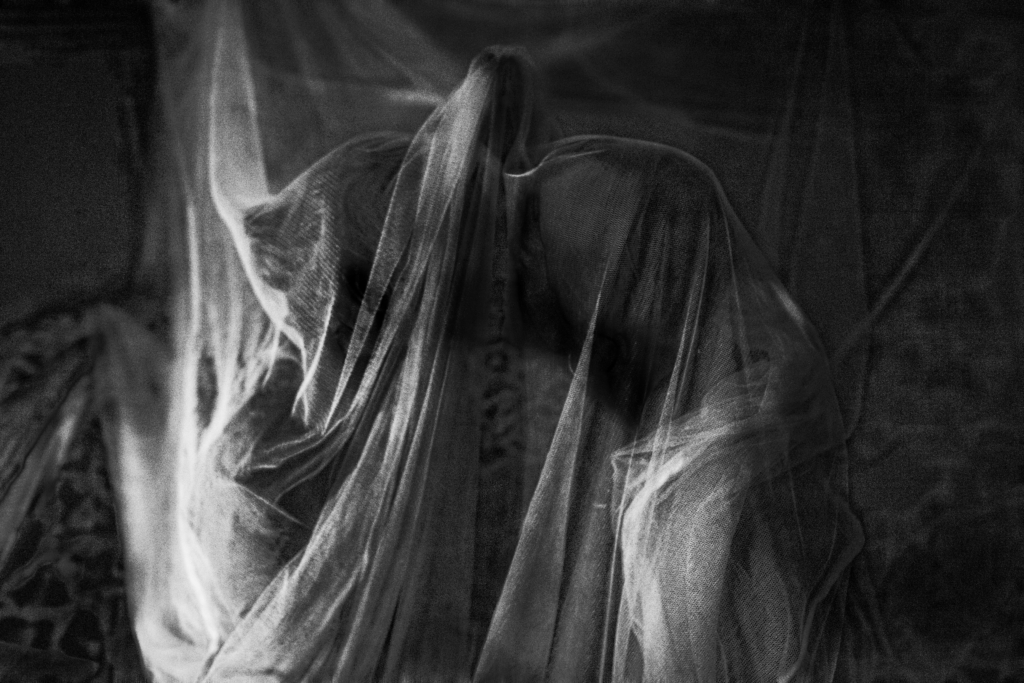
Michel – How do these images taken at night, these bodies, in your photographs, stripped of their gender, of their identity, also reflect the darkness of these possibilities?
Simon – I actually believe that over the course of this project my eyes have changed, that I can see dark matter – the same dark matter that fascinates and questions the scientific community. It is beyond us. By spending time with her, sitting in my closet, will have allowed me to understand that she is complex, dense, dynamic, invisible when illuminated. By rubbing shoulders with her, listening to her, being curious about her, I understood that she was not a threat, that I had to learn from her, that I had the right and that it was valid not to reflect what was expected of me, as she knows so well in our cosmos. Its lack of shade is reassuring. All that black around me is a promise. I am not leaving my closet, it is getting bigger.
With the coming storm I can finally set off to discover who I am, blurring the ultrasound images so that they never again dictate our role and our codes. Stereotypes, in their extreme magnitudes, explode into supernovae and then disappear.
I have apparated all my life, tried to be accepted, first of all on my own. To appear and be proud, I first had to turn my back on the light that had flooded me with homophobia, transphobia, misogyny, racism, classism, internalized ableism. I also had to recognize that because of this light, I could also be an oppressor, me, the oppressed.
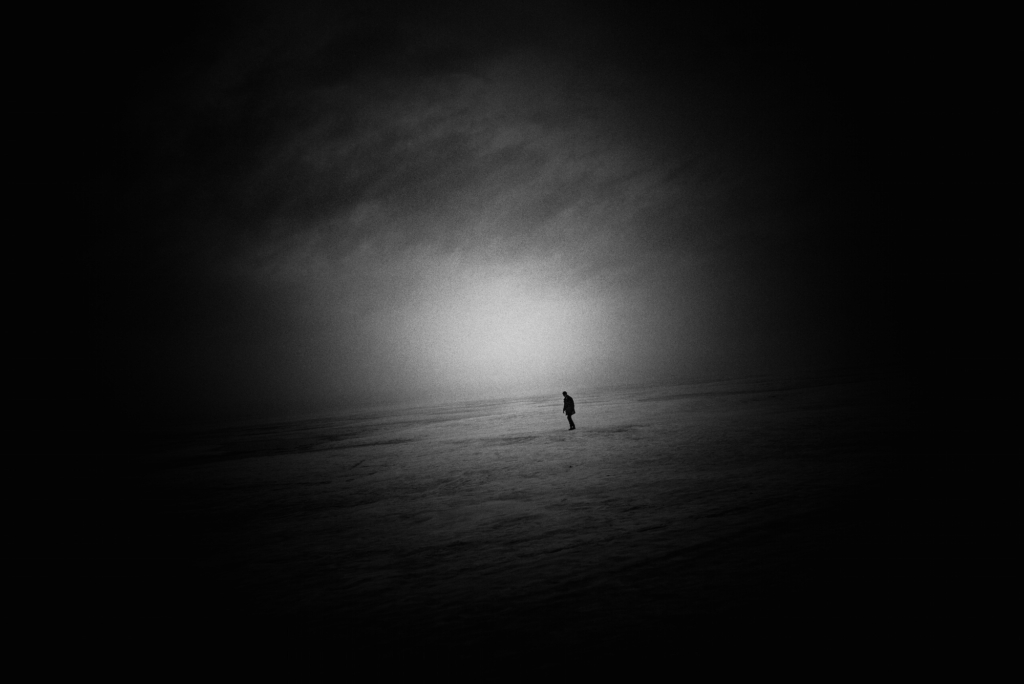
and you know it.”
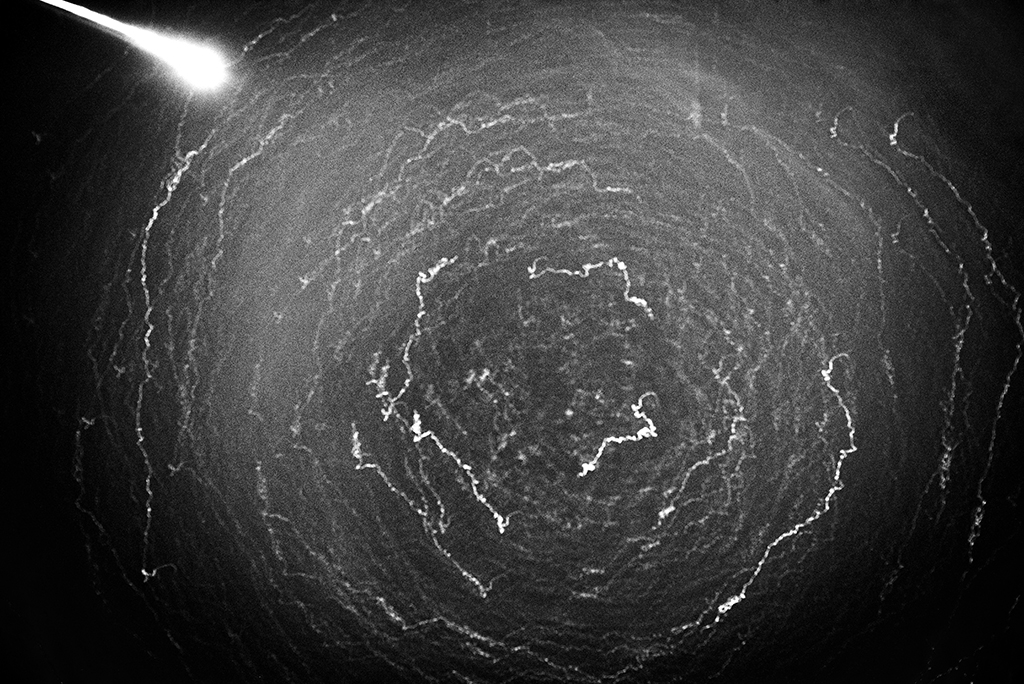

Michel – Oppressed by language? By the requirement of a society that operates with categories you no longer recognize as useful?
Simon – It is obvious to me: sexual orientation exists only through the language that encloses it. How can I identify my romantic and sexual desire now that I no longer perform anything of the gender identity of our society except by refusing to explain it, justify it, name it using the binary codes of the masculine and the feminine? How can we finally free up a space where the body is no longer fetishized, where desire is no longer perceived as deviance if not by rejecting the categories erected as absolute truths by the patriarchy? Can I have long, polished nails without being told that I’m feminizing myself – not out of misogyny, but because I no longer want these artificial categorizations to be fed? Can I stop saying that I am a trans and agender person, and no longer have to define myself? What if biological sex, a non-binary continuum, were to serve only for pleasure and reproduction, and not for the designation of a definitive and closed identity? What would happen if the questions of the LGBTQIA2S + community on gender and desire spread to all of society? What if these questions also allowed us to understand that human races do not exist – apart from language – that skin colour is also a spectrum, a continuum? That it is the architecture that makes the handicap and not the person it stigmatizes by rejecting it?
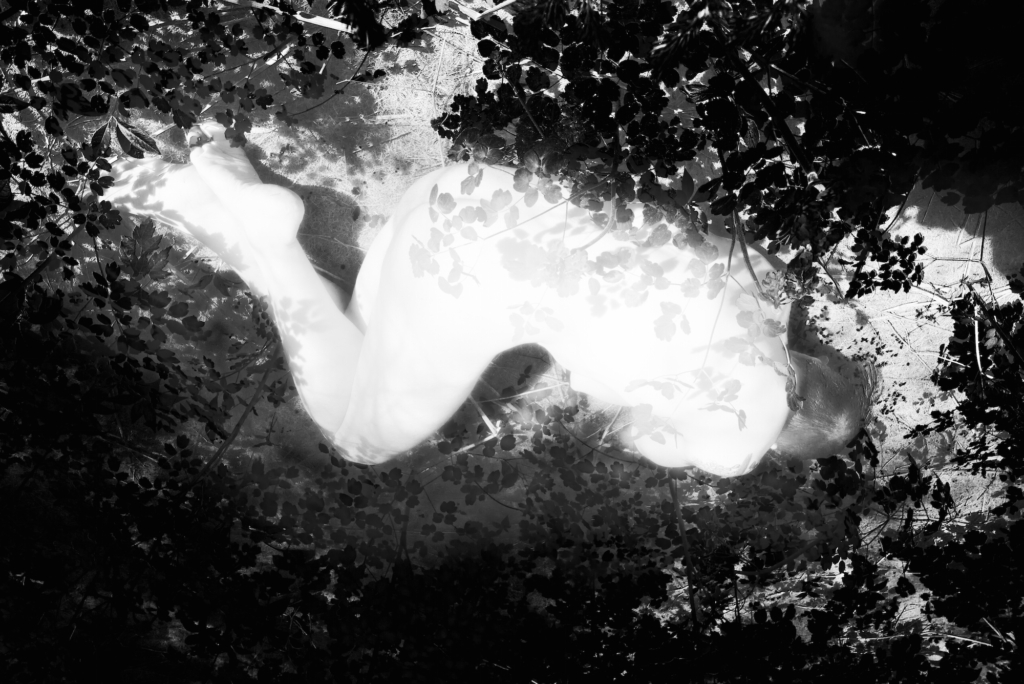
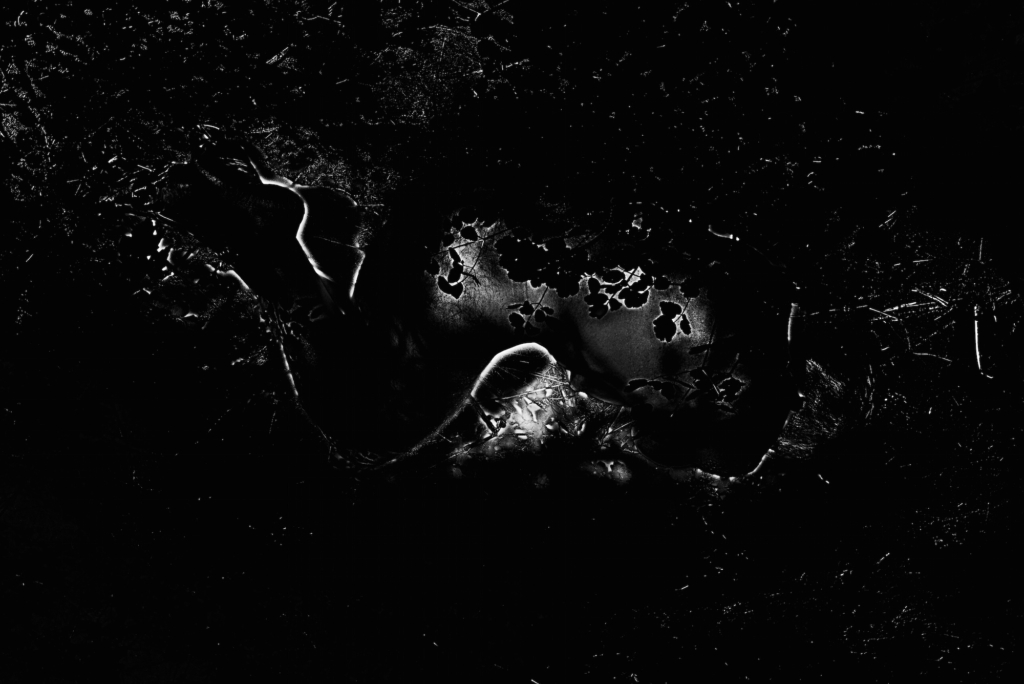
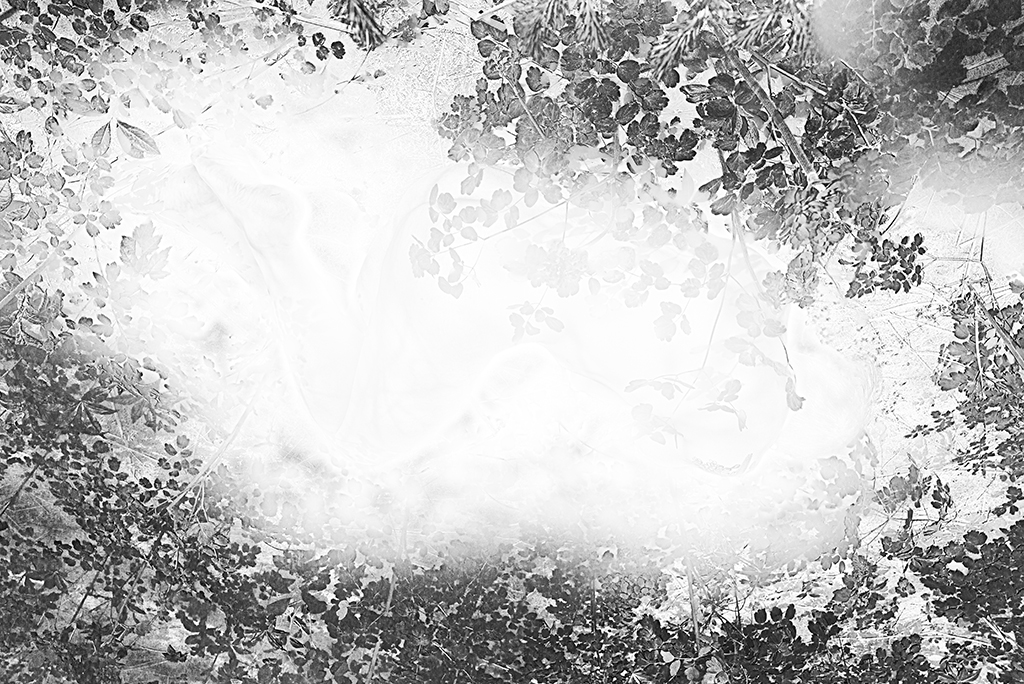
Michel – As if the mechanisms of oppression, although not being produced and experienced in the same way depending on whether you are a woman, a racialized person, a person with a disability, a person without wealth or a person from our community, all stem from this idea that there would be a unique and universal essence that had to be defended, as in the past when we defended the idea that it was the stars of the sky that revolved around us?
Simon – And that this idea locked us all in a closet as soon as we announced our colour, our long-awaited gender, our physical and biological value. Maybe all this language was put in place to divide us, restrict us, oppress us, dominate us, use us? What if we were all transient people who cannot be consumed according to the labels imposed by the chains of education?
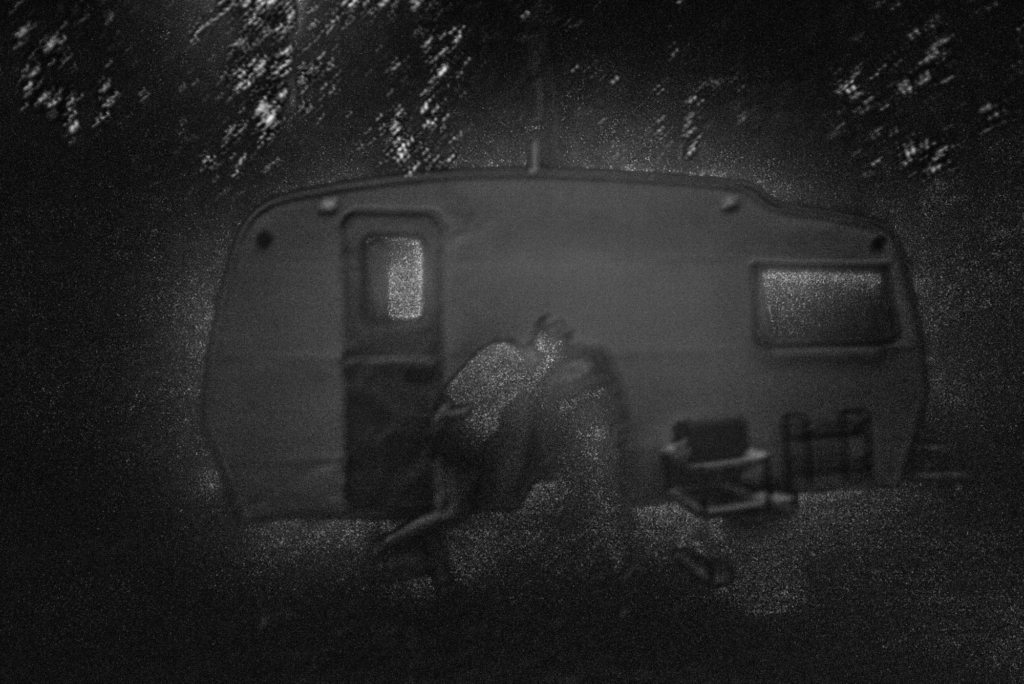
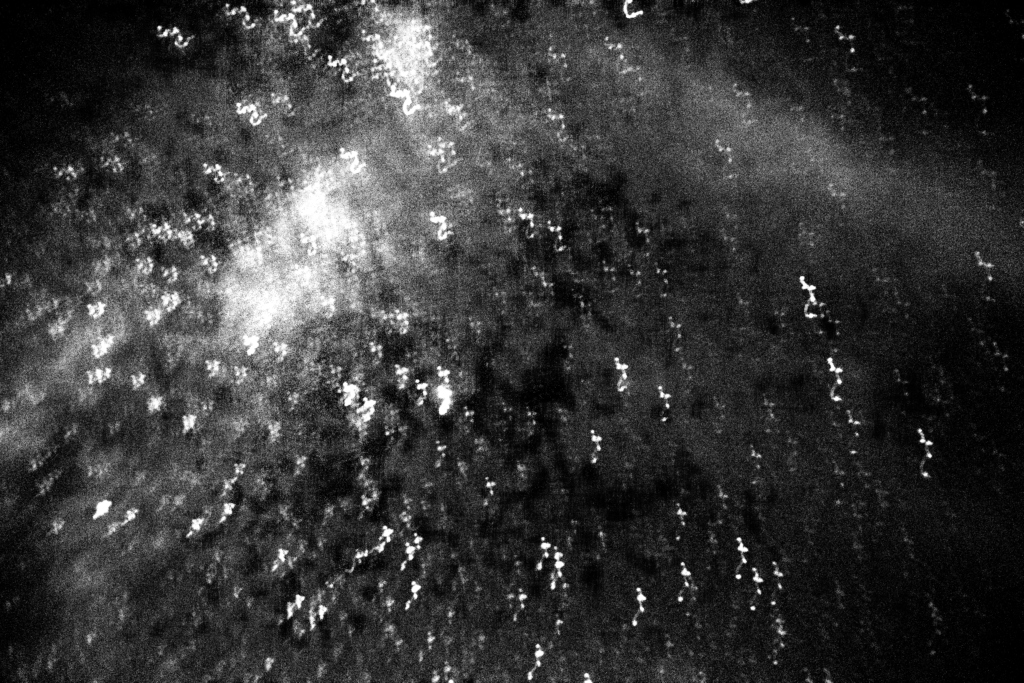
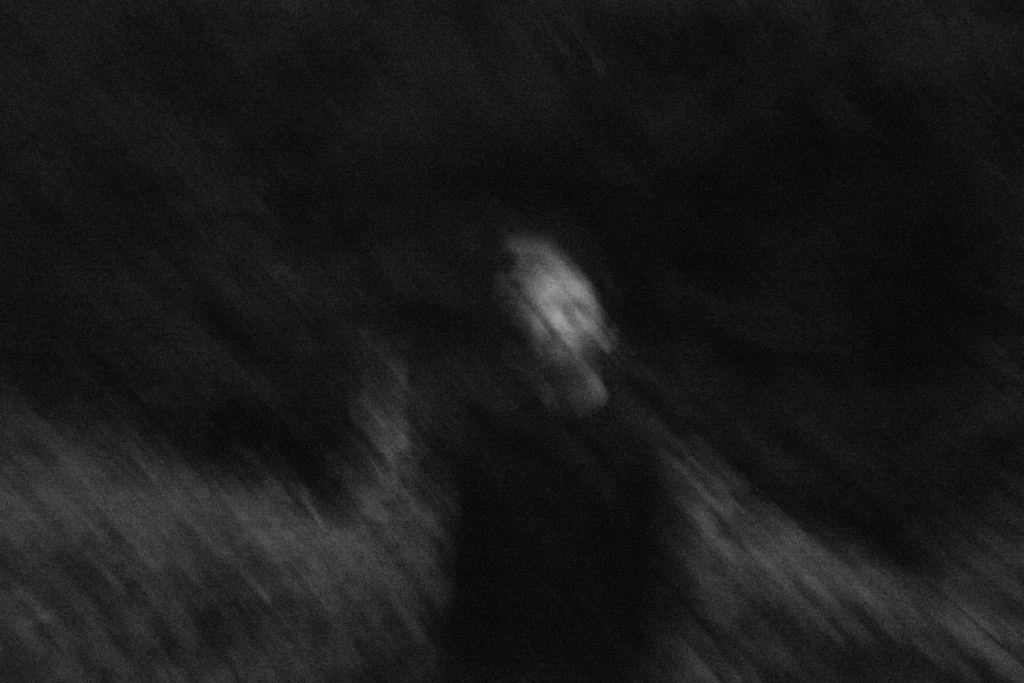
Michel – So the project has profoundly transformed you as a person. But as a photographer, what has changed?
Simon – Remember that at the very beginning of the project, in a way, I embarked on a continuation of the work I had started with the exhibition “Portraits”. I had even already taken some pictures of participants, in the studio, with natural daylight, rather standard post-production pictures, which all parties agreed upon. Our discussions on the richness of the starry night and the fact that we were often relegated there led me to push the limits of my photographic work by working outside, in the evening, with nothing but the lighting that environment had to offer. Without seeing anything in the viewfinder of my camera – essentially relying on instinct – I felt that this darkness was not synonymous with nothingness and that what I had to show was not perceptible at first glance. It was in this virtual darkroom that my approach began to make sense, slowly, at the same rate as the emergence of my identity. By listening to the work of a captive light, by exploding the pixels to rid them of the language they carry, the radiance of the people who had offered themselves to the camera was neither man nor woman , neither cisgender nor trans, neither female nor male. This glow revealed the whole spectrum hidden by the blinding light of standards. And now, by continuing to reveal the collapse of this normative axis, I wish that the genre will move away forever, that all of humanity is revealed in its complexity no doubt as vast as that of the universe, I wish to see the great migration from the closet begin.
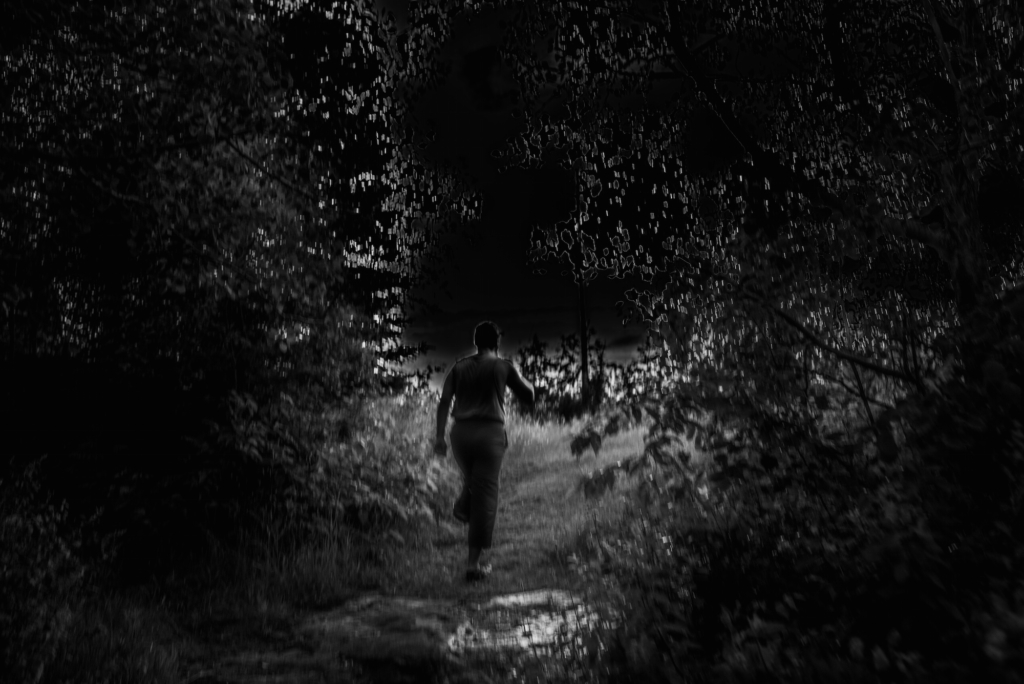
This publication of this story was made possible through the generous sponsorship of ZOOM Photo Festival.
Rebâtir le ciel: LGBTQIA2S+
en région au Québec
En 2018, li photographe Simon Émond et l’auteurice Michel Lemelin ont lancé un appel sur les réseaux sociaux. Iels souhaitaient faire témoigner de leur vécu des personnes issues de la communauté LGBTQIA2S+ qui habitaient ou venaient d’une région du Québec. Après plus d’une trentaine de rencontre, les deux artistes se sont laissé.es imprégner de leur histoire. Deux ans plus tard, après un long travail et de recherche photographique et littéraire, un livre queer – dans son contenu comme dans sa forme – est lancé.
Michel, auteurice — Te rappelles-tu, au tout début de ce projet, quand tu m’as dit t’intéresser à ce que pouvait être l’existence d’une personne de la communauté vivant en région, combien j’avais l’impression qu’il n’y aurait rien à dire ? Que ce n’était plus un sujet. Que tout allait bien.
Simon, photographe — C’est souvent ce que les gens croient. Et pourtant, quand on est une personne issue de la diversité sexuelle et de genre, ces mêmes gens ne cessent d’exiger que nous nous justifiions. Même les outils technologiques que nous utilisons pour communiquer en français ne cessent de nous rappeler que nous sommes des erreurs en soulignant en rouge chaque pronom, chaque nom, chaque adjectif qui nous convient pour nous nommer. Et puis, comme désormais, et dès l’échographie dans le ventre de la mère, on place au centre de l’univers ce soleil qu’est l’hétéronormativité et la binarité du genre, pour nous, comme pour d’autres l’est la blanchitude, la fortune personnelle ou la validité du corps et de l’esprit, normal de croire qu’en arrivant à se fondre dans cette lumière, tout va bien. Ni toi ni moi ne pouvions savoir, en démarrant ce projet, que notre identité et notre désir étaient fondamentalement le fruit d’une colonisation, d’une oppression.
Michel — C’est peut-être ce qui explique que toutes les personnes qui ont accepté de te rencontrer pour le projet ont cherché, la plupart du temps, a taire leur souffrance en mettant en évidence le côté lumineux de leur expérience, cette expérience visible, parce qu’éclairée par ces normes, validée par elles, parce que placées au centre comme l’étoile à atteindre : le couple, la famille, l’invisibilité.
Simon — Dû moins, c’est ce que nous avons perçu, au fil de notre création, toi qui me parlais de ce que tu entendais, en écoutant les témoignages enregistrés, des silences, des hésitations, des phrases qui s’effondrent pour faire taire une blessure, moi en te révélant, à travers le travail photographique, les bouleversements de ma propre identité et ma façon de voir les mécanismes d’oppression. Rebâtir le ciel nous a permis, bien sûr, de produire cet objet d’art qui rapidement nous a devancés, nous a montré, à nous et nos collaborateurices, combien il était résolument queer. Car ce n’est pas un livre de photographies. Ce n’est pas un recueil de textes. C’est une œuvre protéiforme réalisée conjointement qui engage le corps du lecteur et le questionne. C’est une œuvre qui donne à voir non pas en fixant la lumière du jour, mais en lui préférant l’obscurité de la nuit.
Michel — C’était ce qui se cachait aussi dans l’hypothèse initiale, que, de la même façon que Galilée, Copernic et toustes celleux qui nous avaient fait voir que la Terre n’était pas le centre de l’univers, avec l’opposition première qui s’est essoufflée dans le temps, nous étions sans doute en pleine révolution du genre et du désir et qu’il fallait cesser de croire en ces normes ancestrales, parce qu’erronées.
Simon — Oui. Il fallait tourner notre regard vers la complexité du cosmos pour mieux accueillir la nôtre et laisser notre regard, habitué à la lumière, s’acclimater à l’obscurité pour y voir réapparaître le monde, sous un tout autre éclairage. Ça fait si longtemps que je suis dans le noir que j’ai appris à y être bien. C’est tout de même ce territoire nocturne, pour beaucoup d’entre nous, qui nous permet d’explorer notre désir et nos frontières, à l’abri des regards. Sauf quand une voiture vient nous en chasser, à coup de phares inquisiteurs qui nous aveuglent.
Michel — Comme si nous avions droit d’exister uniquement en nous retirant du monde…
Simon — Ou en se laissant enfermer malgré nous dans des placards, pour ne pas déplaire, ne pas être moqué, pour satisfaire la famille, les amis, les collègues et le système capitaliste qui ne fonctionne bien qu’à travers les généralisations, les catégories. Bien avant les mesures de distanciations sociales, bien avant la pandémie, on nous a mis en quarantaine de nous-mêmes et des autres, et ce, dès les premiers pas, les premiers mots. Il y a à peine deux ans, juste avant de débuter le projet, j’ignorais que nous étions toustes enfermés dans des placards. Toustes, même celleux qui se considèrent hétérosexuels et cisgenres qui, la plupart du temps, souffrent iels aussi de ne pas performer parfaitement les codes physique et sociaux qu’on impose en fonction du sexe qu’on leur a assigné à la naissance. Oui, les confinements, on connaît, et ce depuis longtemps. Et malgré les centaines de Coming out que nous devons faire pour nous affirmer, il y a toujours d’autres portes, gardées entrouvertes pour que nous puissions voir comment le monde distribue les privilèges et surtout, nous faire voir un « modèle » de ce que nous devons performer, toustes, pour faire partie du spectacle et avoir droit aux médailles. Et, surtout, pour que nous n’osions pas trop lui tourner le dos et plonger dans les ténèbres du placard, qu’on nous a appris à croire menaçant, à associer au vide alors que s’y trouve nos possibles.
Michel — D’où ces images faites la nuit, ces corps, dans tes photographies, débarrassées de leur genre, de leur identité, qui renvoient eux aussi la noirceur de ces possibles?
Simon — Je crois même que mes yeux se sont transformés, que j’arrive à voir la matière noire, celle qui fascine et questionne la communauté scientifique. Elle nous dépasse. Passer du temps avec elle, assis dans mon placard, m’aura permis de comprendre qu’elle est complexe, dense, dynamique, invisible lorsqu’on l’illumine. En la côtoyant, en l’écoutant, en étant curieuxe d’elle, j’ai compris qu’elle n’était pas une menace, que j’avais à apprendre d’elle, que j’avais le droit et que c’était valide de ne pas refléter ce qu’on attendait de moi, comme elle sait si bien le faire dans notre cosmos. Son absence d’ombre est rassurante. Tout ce noir autour de moi est une promesse. Je ne quitte pas mon placard, il s’agrandit.
Tempête. Je peux enfin partir à la découverte de qui je suis, brouiller au passage les images échographiques pour que plus jamais elles ne nous dictent notre rôle et nos codes. Les stéréotypes, dans leurs magnitudes extrêmes, explosent en supernovæ puis disparaissent.
J’ai transplané toute ma vie, cherché à être accepté.e, d’abord de moi-même. Pour apparaître et être fièr.e, j’ai d’abord dû tourner le dos à la lumière qui m’avait inondé.e d’homophobie, de transphobie, de misogynie, de racisme, de classisme, de validisme intériorisé. De quoi tomber malade. J’ai dû reconnaître aussi qu’à cause de cette lumière, je pouvais aussi être un.e opresseureuse, moi, l’oppressé.e.
Michel — Oppressé.e par le langage ? Par l’exigence d’une société qui fonctionne avec des catégories que tu ne reconnais plus comme utiles ?
Simon — Cela m’apparait évident : notre orientation sexuelle n’existe pour moi que par le langage qui l’enferme. Comment faire pour identifier mon désir romantique et sexuel maintenant que je ne performe plus rien de l’identité genrée par notre société sinon en refusant de l’expliquer, la justifier, la nommer en utilisant les codes binaires du masculin et du féminin? Comment faire pour qu’enfin se libère un espace où le corps n’est plus fétichisé, où le désir n’est plus perçu comme une déviance sinon en rejetant les catégories érigées en vérités absolues par le patriarcat ? Puis-je avoir les ongles longs et vernis sans qu’on dise que je me féminise – pas par misogynie, mais parce que je ne veux plus qu’on alimente ces catégorisations artificielles ? Puis-je cesser de dire que je suis une personne trans et agenre, ne plus être dans l’obligation de me définir? Et si le sexe biologique, continuum non binaire, ne devait servir qu’au plaisir et à la reproduction, et non à la désignation d’une identité définitive et close ? Que se passerait-il si les questionnements de la communauté LGBTQIA2S+ sur le genre et le désir se répandaient à toute la société ? Que se passerait-il si ces questions nous permettaient de comprendre aussi que les races humaines n’existent pas, en dehors du langage, que la couleur de peau c’est aussi un spectre, un continuum ? Que c’est l’architecture qui fait le handicap et non la personne qu’elle stigmatise en la rejetant ?
Michel — Comme si les mécanismes d’oppression, bien que n’étant pas produits et vécus de la même façon selon que tu sois une femme, une personne racisée, une personne en situation de handicap, une personne sans fortune ou une personne issue de notre communauté, découlent tous de cette idée qu’il y aurait une essence unique et universelle qu’il fallait défendre, comme jadis on défendait l’idée que c’était les astres du ciel qui tournaient autour de nous ?
Simon — Et que cette idée nous enfermait toustes dans un placard dès l’annonce de notre couleur, de notre sexe tant attendu, de notre valeur physique et biologique. Peut-être tout ce langage a été mis en place pour nous diviser, nous restreindre, nous oppresser, nous dominer, nous utiliser ? Et si nous étions toustes des personnes transidentitaires qu’on ne peut consommer selon les étiquettes imposées par l’éducation à la chaîne?
Michel — Le projet t’as donc profondément transformée comme personne. Mais comme photographe, qu’est-ce qui a changé ?
Simon — Rappelle-toi qu’au tout début du projet, je me lançais, d’une certaine façon, dans la poursuite du travail que j’avais amorcé avec l’exposition « Portraits ». J’avais même déjà fait quelques images de participant.es, en studio, avec la lumière naturelle du jour, images à la postproduction plutôt standard, convenue. Nos échanges sur la richesse de la nuit étoilée et le fait que nous y étions souvent relégué.es m’ont amené à repousser les limites de mon travail photographique en travaillant à l’extérieur, le soir, avec pour seul éclairage ce que le territoire avait à offrir, et sans rien distinguer dans le viseur de ma caméra, comme si, instinctivement, je sentais que cette obscurité n’était pas synonyme de néant et que ce que je devais donner à voir n’était pas perceptible au premier regard. C’est en chambre noire virtuelle que ma démarche s’est mise à faire sens, lentement, au même rythme que l’apparition de mon identité. En me mettant à l’écoute du travail d’une lumière captive, en faisant exploser les pixels pour les débarrasser du langage qu’ils portent, l’éclat des personnes qui s’étaient offertes à la caméra n’était ni homme ni femme, ni cisgenré ni trans, ni féminin ni masculin. Cet éclat donnait à voir tout le spectre caché par la lumière aveuglante des normes.
Et désormais, en continuant de révéler l’effondrement de cet axe normatif, je souhaite que le genre s’éloigne pour toujours, que toute l’humanité se révèle dans sa complexité sans doute aussi vaste que celle de l’univers, je souhaite que la migration des placards commence.
